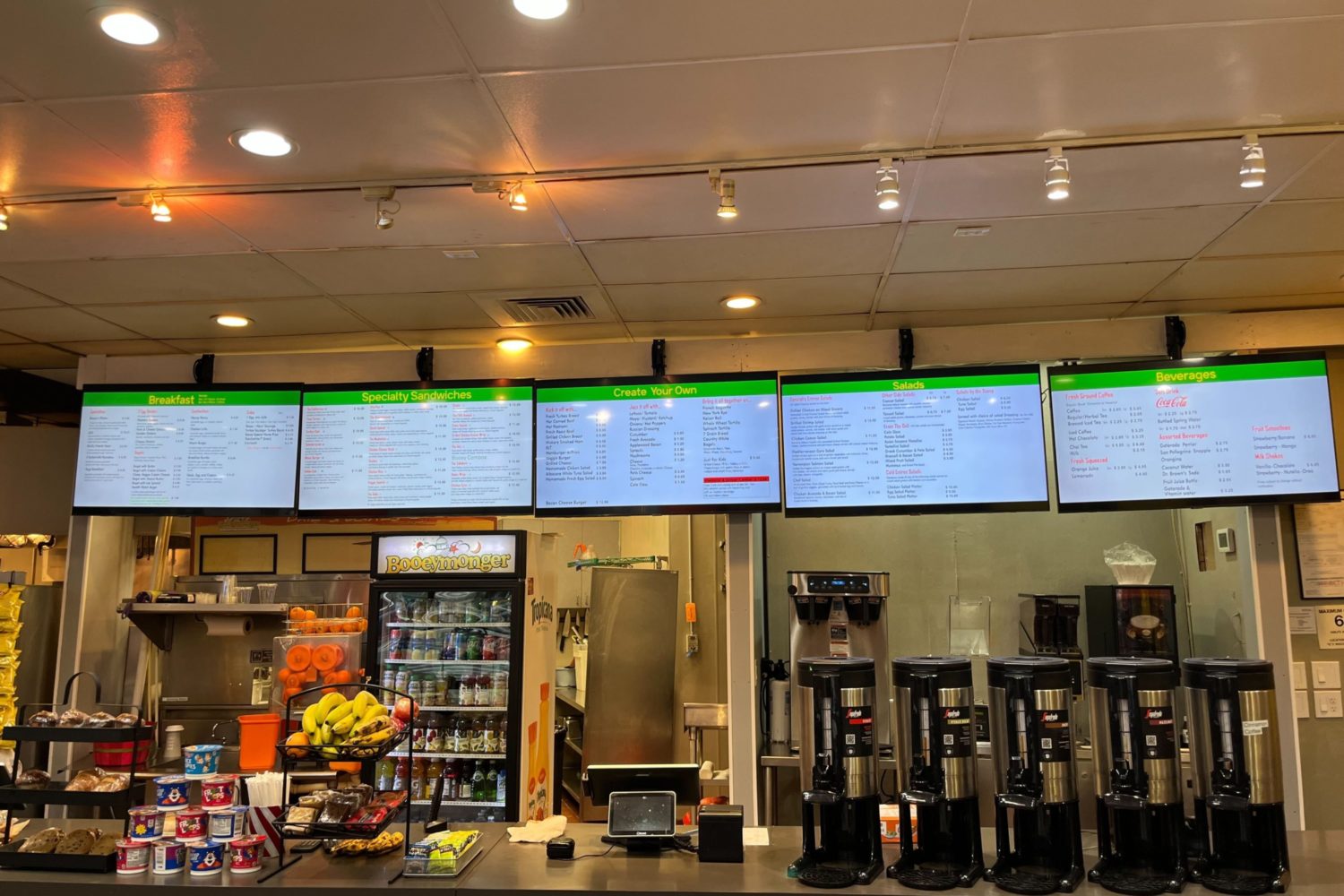Not that long ago, getting braces meant a mouthful of painful stainless steel that guaranteed a smoothie diet for breakfast, lunch, and dinner for the first two weeks, followed by two to three years of lunchroom agony: removing tiny rubber bands and placing them delicately on a napkin, out of sight, so they didn’t fly off mid-PB&J.
But advances in technology have created not only less conspicuous dental appliances but speedier tooth movements. “Accelerated orthodontics,” as it’s often called, has also led to a growing number of adults getting braces.
“I’ve seen things move from a time where the average treatment for adults used to be two and a half to three years, and now it’s ten to 18 months,” says Kevin McGrath of Oakton Family Orthodontics, who has been practicing for 35 years. “Kids back in those days were 23 to 30 months—now most are 18 to 24.”
He says a big reason for faster treatment times starts with the wires, which are now made of copper, nickel, and titanium, a combination that makes the wire move constantly by just the heat of your mouth.
That’s not all that’s new. Here are some other buzzy options you might encounter at the orthodontist’s office, should your child (or you) need braces.
Accelerated Orthodontics
The following three devices can shorten treatment time.
AcceleDent
This device looks like a mouth guard and fits over both metal braces and clear liners such as Invisalign. AcceleDent uses micropulses, or low-frequency vibrations, which go through the teeth to the roots and surrounding bone, speeding cellular activity to move teeth more quickly. The micropulses are “less than what you’d feel with an electric toothbrush,” says Jill Bruno, a Maryland orthodontist who has patients wear the hands-free, FDA-approved device for 20 minutes before bed. On average, Bruno says, AcceleDent can speed up treatment by 30 to 50 percent.
OrthoPulse
Approved by the FDA in 2015, OrthoPulse is also worn like a mouth guard and uses a process called photobiomodulation, or light therapy, rather than vibrations, to accelerate tooth movement by targeting the bone and tissue around the root. A patient bites down on the device to activate the light.
“People want to have their teeth straight and done quickly,” says Andrew Orchin, a Friendship Heights orthodontist who has been using OrthoPulse for about a year. He says he’s seen the usual 15-month time frame in his patients reduced to as little as nine months, with 12 months being the average.
The main advantage of OrthoPulse over AcceleDent is that it’s worn for ten minutes, not 20. OrthoPulse does cost more—$895 versus $500 for AcceleDent. Despite studies stating there’s no clinical significance in treatment times by using AcceleDent or OrthoPulse, orthodontists quoted in the Journal of Clinical Orthodontics give the devices favorable reviews. And while they add cost, the number of visits is reduced, potentially saving money in the long run.
Propel Excellerator
The Propel Excellerator is an FDA-approved hand-held device that creates tiny holes—called micro-osteoperforations—in the bone around the tooth’s root, causing an inflammatory response that stimulates bone movement. Orthodontist Wayne Hickory of Dupont Circle, who likens the office procedure to acupuncture for the tooth, says the Excellerator is beneficial for more challenging cases and can reduce treatment time by half. A 2013 study by New York University concluded that micro-osteoperforations increased the rate of tooth movement 2.3-fold, and patients didn’t report significant pain or discomfort. Because an orthodontist purchases the device, the price might be included in the overall cost of treatment, adding anywhere from $600 to $1,000, says Hickory. It usually is a one-time treatment but depends on a case’s severity.
Adult Orthodontia
Some orthodontists’ fastest-growing patient population isn’t tweens—it’s adults. “Five years ago, I would see one to two adult patients a week,” says Bruno. “Now I see one or two a day.”
Private Suites
Because adults currently make up 40 to 50 percent of her practice, Bruno opened an adults-only suite 18 months ago in her Chevy Chase office. The area, with three chairs facing a set of windows, is separate from the section for children and teenagers. Modern art decorates the walls, with amenities including bottled water, coffee, and special pillows to accommodate adults who suffer from back or neck problems.
Ceramics
McGrath, whose practice also has an adult area, says that ceramic braces are popular with most of the adults he sees because they blend in with the color of the teeth. He uses five different shades of tooth-colored brackets to match the natural color of the tooth and also uses tooth-colored wires. Getting tooth-colored ceramics adds about $500 to $600 to the treatment cost, according to the Journal of Clinical Orthodontics.
Clear Liners
One reason adults have been getting orthodontics at higher rates is the development of clear liners such as Invisalign, which was approved by the FDA in 1998 and has since dominated the clear-liner market, with revenue of $1.3 billion in 2017. Hickory has been using Invisalign in his practice for 20 years, on more than 7,000 cases.
A patient moves from one clear liner to the next—sometimes weekly, sometimes every few weeks—as the teeth shift. Attachments, which are a recent advance, can help more challenging cases; the tooth-colored “bump” made from dental bonding is placed on a tooth and helps direct its movement.
Clear liners can’t treat all patients, including those with overbites or severe crowding. Treatment time may be longer than with braces, and the cost—typically $3,000 to $8,000—can exceed the average $5,000 price of braces.
One big disadvantage, says Orchin, is compliance, because the liners are removable. “If a patient isn’t good at wearing it as instructed, then it’s not going to work well. I struggle with that with teenagers as well as adults.”
The ability to remove them, of course, is the appeal, particularly among those who are in the public eye. McGrath, who does Invisalign but feels that braces provide far better results, says he has treated senators and Congress members who come in and say, “ ‘There’s no way I can have braces on my teeth.’ They may accept a result that’s not as good with braces, but they can at least take those aligners out when they’re in front of a crowd.”
The big news in clear liners is that some patents held by Align Technology, the company that owns Invisalign, expired in the fall. Although Align Technology still holds hundreds of other patents, some industry watchers are predicting that competitors could move in, bringing down prices.
This article appeared in the June 2018 issue of Washingtonian.



















